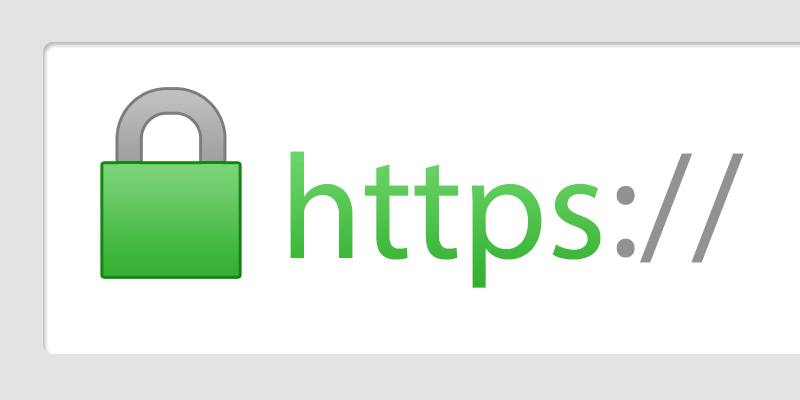Sometimes when you experiment with some apps and VMs (like hosting gitlab on a local server) you might want to setup SSL for the app to work, to mimic the live setup and to make the browser happy. In order to do that, you need a SSL certificate.
You can buy one for your domain from a trusted CA, but if you're working on a local network, that might not be possible. The other solution is... becoming CA yourself and issuing and signing the certificate yourself!
It's pretty easy, you need a linux box with openssl installed, then follow these instructions:
CA part
To become a CA, you need a key and certificate pair. To create the key, execute:
openssl genrsa -des3 -out myCA.key 2048
To generate the certificate, execute the following:
openssl req -x509 -new -nodes -key myCA.key -sha256 -days 1925 -out myCA.pem
That's it! Now after you import the CA certificate to your machine, every certificate signed by it is going to be trusted!
CRT part
First thing you need is a private key:
openssl genrsa -out gitlab.local.key 2048
Then create the signing request:
openssl req -new -key gitlab.local.key -out gitlab.local.csr
Answer the question asked, one potentially important is the Common Name.
Now to sign it with the CA key and certificate, you need the config file with Subject Alternative Name (SAN) specified.
The config I used comes from here:
authorityKeyIdentifier=keyid,issuer
basicConstraints=CA:FALSE
keyUsage = digitalSignature, nonRepudiation, keyEncipherment, dataEncipherment
subjectAltName = @alt_names
[alt_names]
DNS.1 = gitlab.local
Now the final command to sign the certificate:
openssl x509 -req -in gitlab.local.csr -CA myCA.pem -CAkey myCA.key -CAcreateserial -out gitlab.local.crt -days 1825 -sha256 -extfile config.conf
Now you should have the working and signed certificate.
Links & Gotcha's
why you cannot do TLD wildcard, even with SAN (like *.local)
https://bugs.chromium.org/p/chromium/issues/detail?id=736715
https://superuser.com/questions/1305671/san-wildcard-for-whole-domain-tld
https://www.icann.org/groups/ssac/documents/sac-015-en
Useful links
https://deliciousbrains.com/ssl-certificate-authority-for-local-https-development/
https://unix.stackexchange.com/questions/371997/creating-a-local-ssl-certificate
http://wiki.cacert.org/FAQ/subjectAltName
https://geekflare.com/san-ssl-certificate/
https://gist.github.com/bitoiu/9e19962b991a71165268
https://blog.zencoffee.org/2013/04/creating-and-signing-an-ssl-cert-with-alternative-names/
http://grokify.github.io/security/wildcard-subject-alternative-name-ssl-tls-certificates/
https://stackoverflow.com/questions/1822268/how-do-i-create-my-own-wildcard-certificate-on-linux

